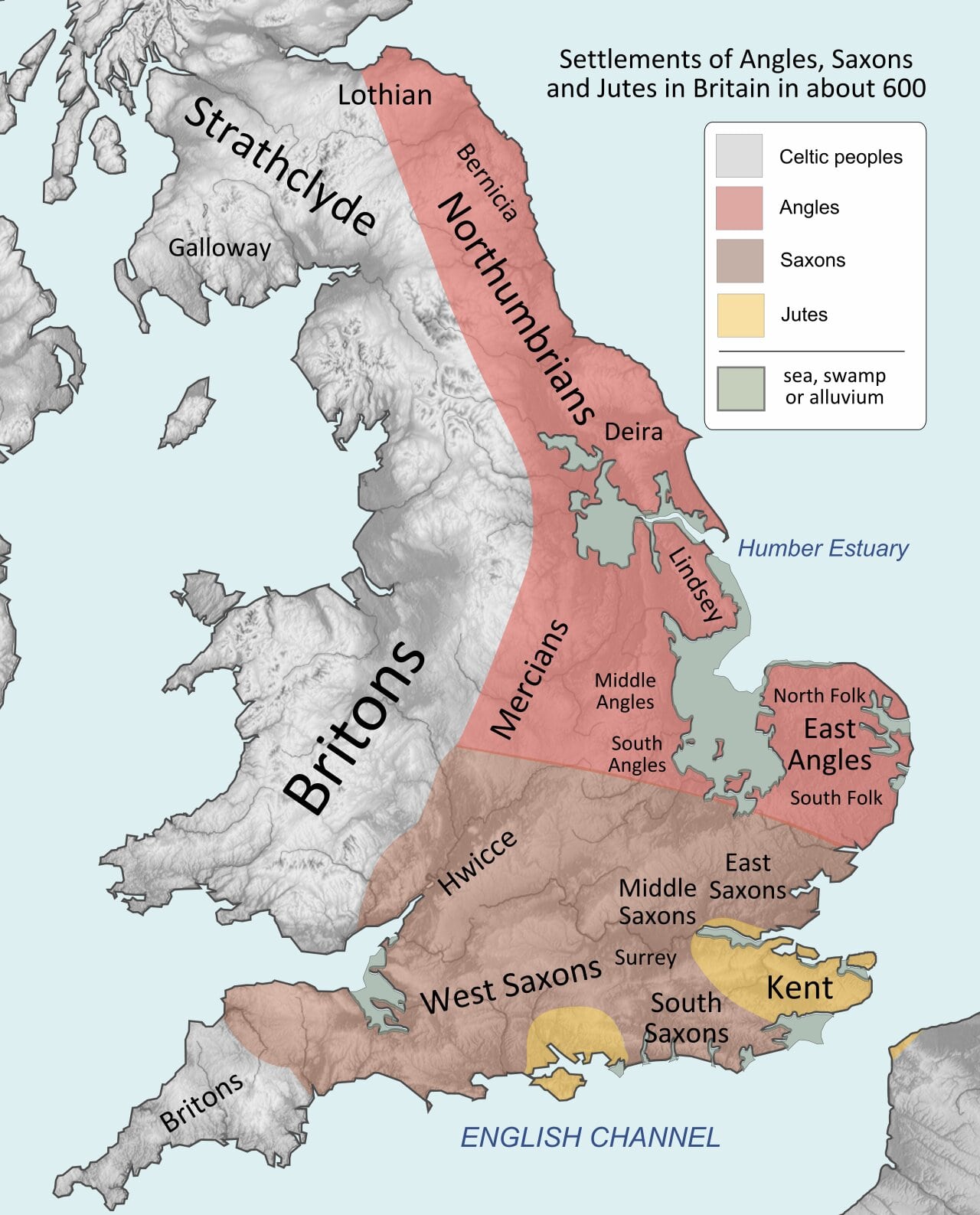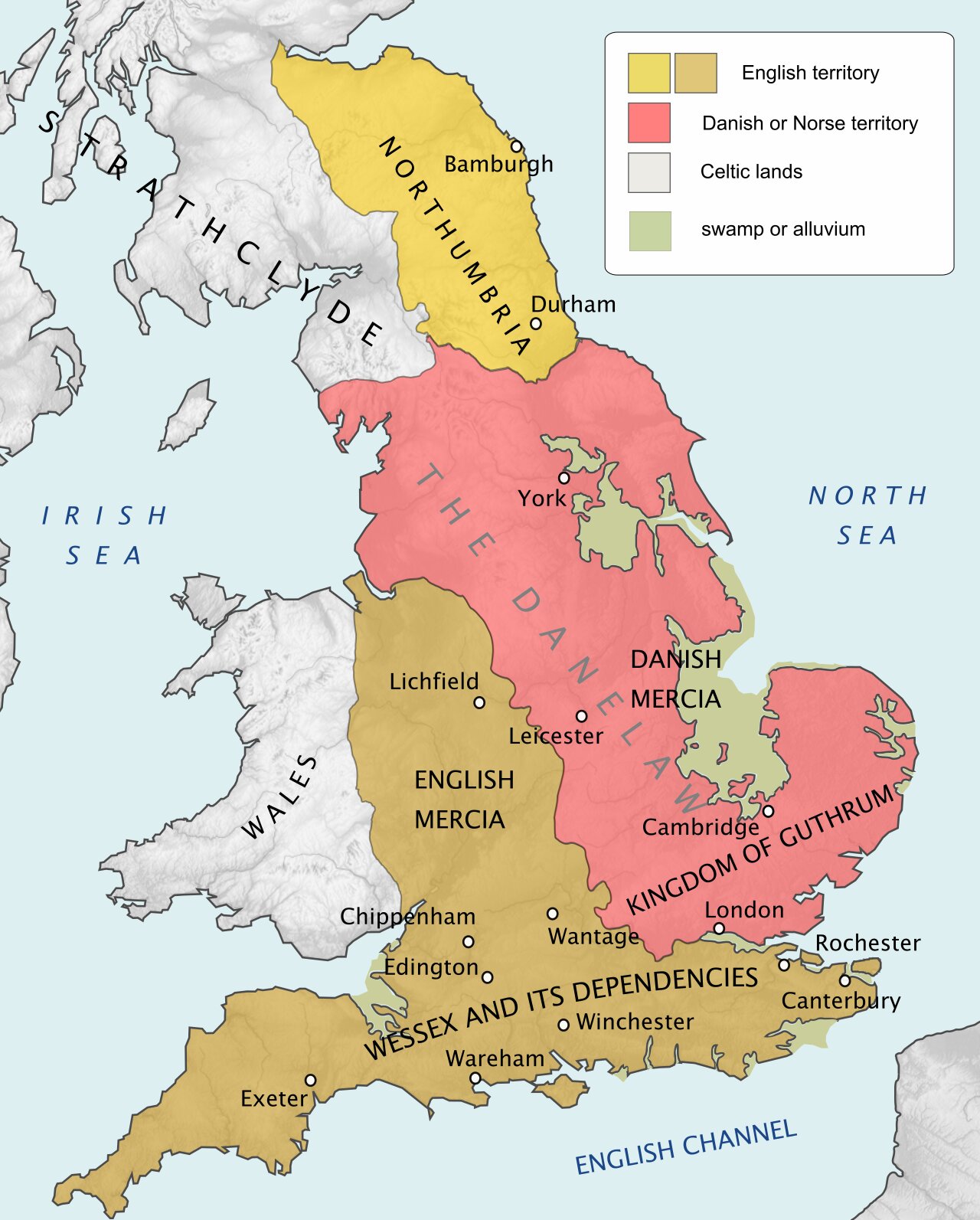PLACENAMES of AMOUNDERNESS
Placenames tell us something about the history of places and the people who gave them names, hundreds and perhaps thousands of years ago, and it helps to imagine what those places might have been like. Placenames were used to identify a particular place as distinct from another – the people who lived there, the natural features, what was done there and so on.
Experts, suggest how the name came about usually by tracing the first written records of the name, often in the Domesday Book compiled by William the Conqueror’s scribes in 1086. There might be earlier records such as legal deeds and charters but, in the main, there are few written records before the 8C.
In those days there weren’t any roadside signs saying, ‘Welcome to the farm where thorns grow’ (Thornton) so these scribes got their information by listening to the local inhabitants and wrote down what they heard spoken in the local dialect. The experts try to work out using their knowledge of how speech changes over time what the original spoken name might have been, considering the local topography and what is known about the early inhabitants of the area. But sometimes it does come down to an educated guess and experts sometimes contradict each other. Some names, especially those of rivers, are believed to date back thousands of years before the Anglo-Saxons and the Normans but just to put it all into context:
10,000 BC Mesolithic Hunter-Gatherers began colonising the British Isles from Ice-Age ‘refuges’..
4,000 BC, Neolithic farmers began to replaced the previous population.
2,500 BC Bronze Age Beaker Culture arrived by migration or as ideas from Europe.
800 BC Celtic people migrated into Britain. Celtic languages evolved into Q Celtic (Gaeltacht) in Ireland, later migrating with the Scotti tribe into Scotland, and P Celtic (Goidelic) in the rest of Britain. Compare Scots/Irish Macadam/McAdam (Son of Adam) and Welsh Ap Llewellyn (Son of Llewellyn).
55-54 BC Rome’s Julius Caesar invaded, and Britain came under Roman influence. Client kings were set up and Roman culture began to spread especially in the South.
43 AD/CE Emperor Claudius’s successful invasion put Britain under Roman occupation. Over the next 100 years the Roman army subdued most of England and South Wales. The official language was Latin, but also, since most of their troops were not from Rome or even Italy but from lands we know as Germany, Belgium, Spain, and other East European areas, who settled here after discharge from the army, they brought a lot of other languages too. Some researchers believe that some of the Latin names of our towns were originally Germanic names adapted into Latin.
410 AD/CE Roman military forces withdrew. It was believed that the Saxons, Angles and Jutes then invaded from northern Europe and that they drove out, killed off or made slaves of the Britons. It’s more likely that these Germanic tribes had already settled here as allies (foederati) of the Roman army then, wanting more land, in the 6th C started rebelling and fighting with the Britons whom they called ‘wealhas’ meaning ‘foreigner’. Later, the OE word ‘wealh’ from which we get ‘Welsh’ began to mean ‘serf’ or ‘slave’ and survives in the name Walton meaning ‘serfs’ village/slaves’ village’ or more likely, ‘village where the Welsh/foreigners (i.e., Britons) live’.

Image: Hel-hama
As a result of the fighting, many of the wealhas moved out to Wales, the West Country, Strathclyde, Cumbria (the Welsh Cymry and the English Cumberland are from the same word meaning ‘fellow countrymen’) and Brittany, speaking Cumbric a form of early Welsh. In the rest of the North, the main tribe were Angles from southern Denmark/North Germany speaking Ænglisc.
8th & 9th C Vikings from Scandinavia raided the British Isles, although there were already settlers from Denmark and, in our area particularly, Norway living peacefully in coastal areas.
865 AD/CE The Viking Great Heathen Army invaded.

Image: Hel-hama
878 AD/CE Alfred, king of Wessex, came to an arrangement with the Danes, dividing the country into English territory and Danish/Norse territory, the Danelaw.
896 AD/CE The Great Heathen Army dispersed, its members settling in the North and East. The Danelaw continued to grow. Meanwhile, Ænglisc, the dialect of the Angles became English.
1016 AD/CE Danish King Cnut defeated Æthelred and England, with Denmark and Norway, became part of Cnut’s North Sea Empire.
1042 AD/CE Harthacnut, who succeeded his father died and his half-brother Edward the Confessor of the old royal line of Wessex, returned from exile in Normandy to be king.
1066 AD/CE Harold Godwinson became king until his death at Hastings. The Norman Conquest displaces English nobility and established Norman French as the official language of the court.
The invasion theory of placename origin was - and probably still is - a widely held view. However modern scholars are rethinking this approach and, if this invasion theory is sound, why aren’t we speaking French, or at the very least a Scandinavian language or some form of Italian? Obviously, it’s more complicated than it appears, and several researchers suggest that there was a much greater interaction between the various peoples over a much longer period before these so-called invasions. In fact, it appears that the division in place names was set around the establishment of the Danelaw towards the end of the 9C.

The placenames of our own area, Amounderness (Agmundr’s promontory), reflect the mix of the population with names of both Old English origin and Old Norse with one or two remnants of Old Welsh (Brittonic/Brythonic).
Amounderness (Agmundr’s promontory)
Agmundr is believed to have been a Norse war lord who gained or was given control of the Fylde peninsula.
These are some local placenames as first recorded, with their meaning. OE denotes Old English, ON denotes Old Norse, B denotes Brittonic/Old Welsh. Some are combinations:
| WIÐIG TUN | OE Willow farm (note the ‘eth’ symbol confused with D) | WEETON |
| RAUDR KLIF | OE Red Cliff | RAWCLIFFE |
| SKALYS | ON Hut | SCALES |
| WEARD TUN | OE Look-out/watch place | WARTON |
| BALGH HOLMR | OE-ON (Round) island in moss | BALLAM |
| GUSAN ERG | ON Gusan’s Pasture | GOOSNARGH |
| MYRR SKOGR | ON Boggy Wood |
MYRESCOUGH |
| HORDERN | OE Store house |
HARDHORN |
| FRECHWAELTUN | OE Frecla’s place / Place by the dangerous pool |
FRECKLETON |
| POL TUN | OE Fishing pool near the river mouth |
POULTON |
| WEST HUSUM | OE Place by the western houses | WESHAM |
| SHINGELTONA | Latin Tun (dwelling) with roof shingles |
SINGLETON |
| LOUN | pre-Celtic Lune |
RIVER LUNE |
| HAKON HAUGR | ON Hakon’s mound |
HACKENSALL |
| HROSS HALH | ON Nook where horses graze |
ROSSALL |
| PRES | B Brushwood |
PREESE |
| GRIMRS ERG | ON Grimm’s hill-pasture |
GRIMSARGH |
| AETHELSIGES WIC | OE Aethelsige’s dairy farm |
ELSWICK |
| ESKI BREKKA | ON Ash tree slope |
ESPRICK |
| GEIRRI STONG | ON Triangle of land with a post/spear post/Geirr’s post |
GARSTANG |
| VIGORA | Celtic Winding River |
RIVER WYRE |
| GEFILDE | OE The Plain |
FYLDE |
| KARL TUN | ON-OE Peasant’s tun |
CARLTON |
| TREF LISS | B Township of the Palace/court |
TREALES |
| INIS CYPE | B-OE Island where fishing baskets are made |
INSKIP |
| SKIP POL | ON-OE Harbour (ship pool) |
SKIPPOOL |
| AET HLIÐUM | OE Place at the slopes |
LYTHAM |
| NORD BREKKA | ON Northern Slope |
NORBRECK |
| HREYSI AKR | ON Field with a cairn/stones |
ROSEACRE |
| HWERFEL AS | OE Stone circles |
WHARLES |
Sources: Ekwall E, The Placenames of Lancashire; Mills D, Placenames of Lancashire; Wyld H C K & Hirst T O, The Placenames of Lancashire, Their Origin and History.
